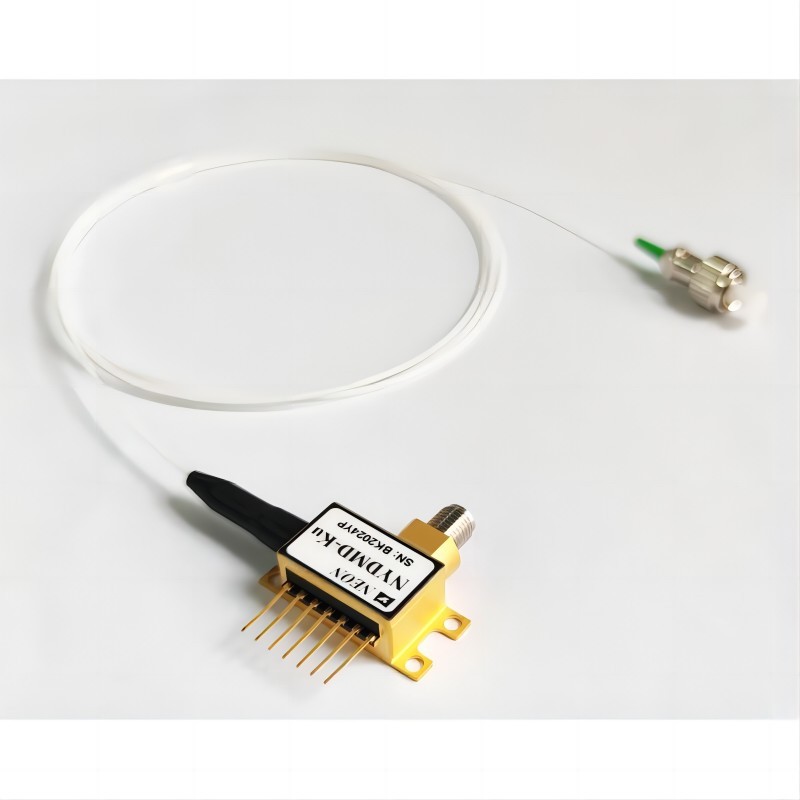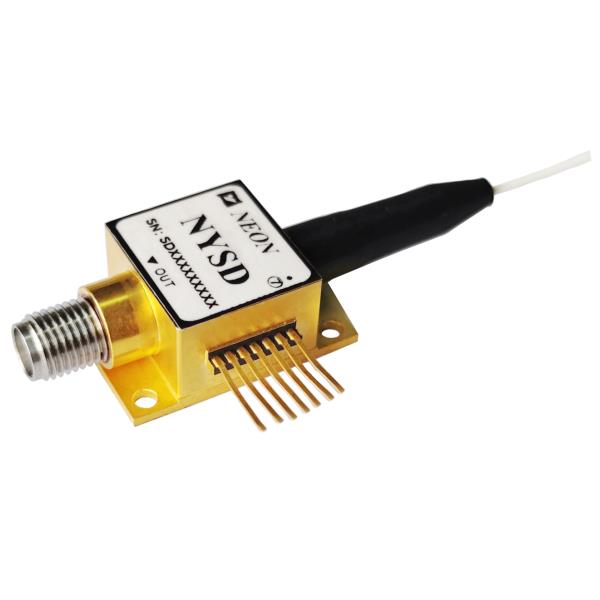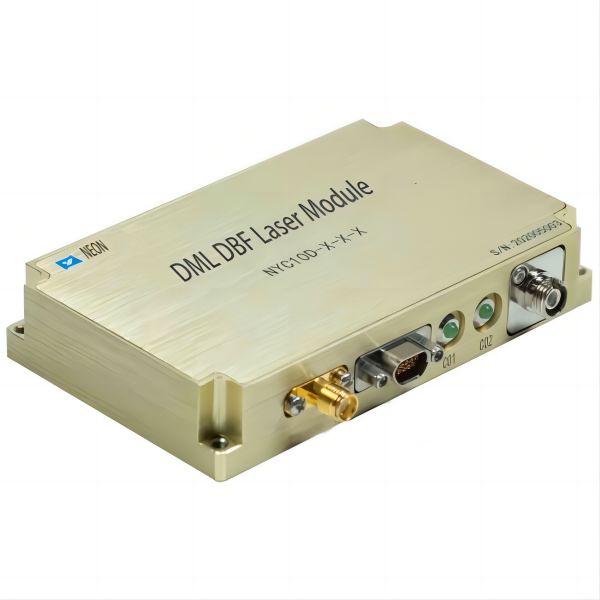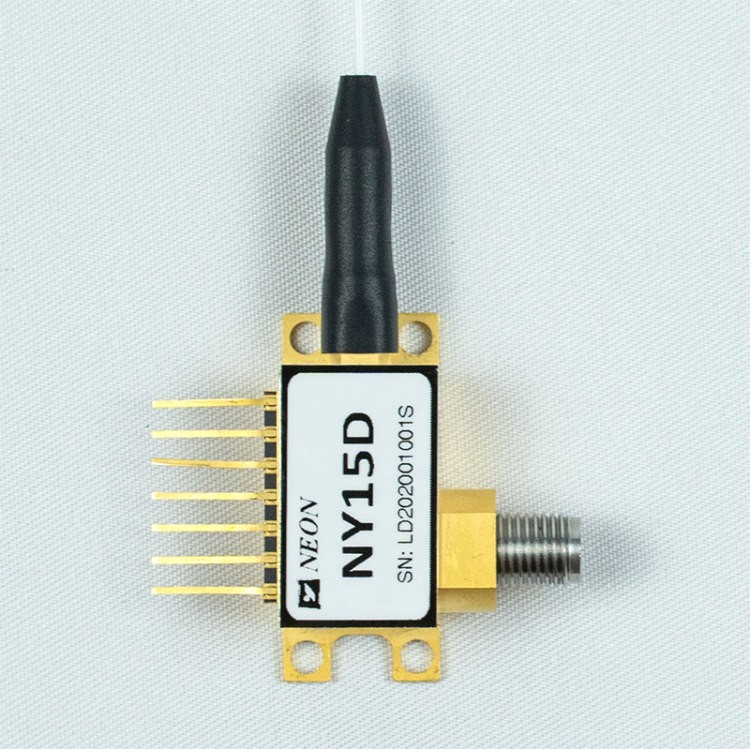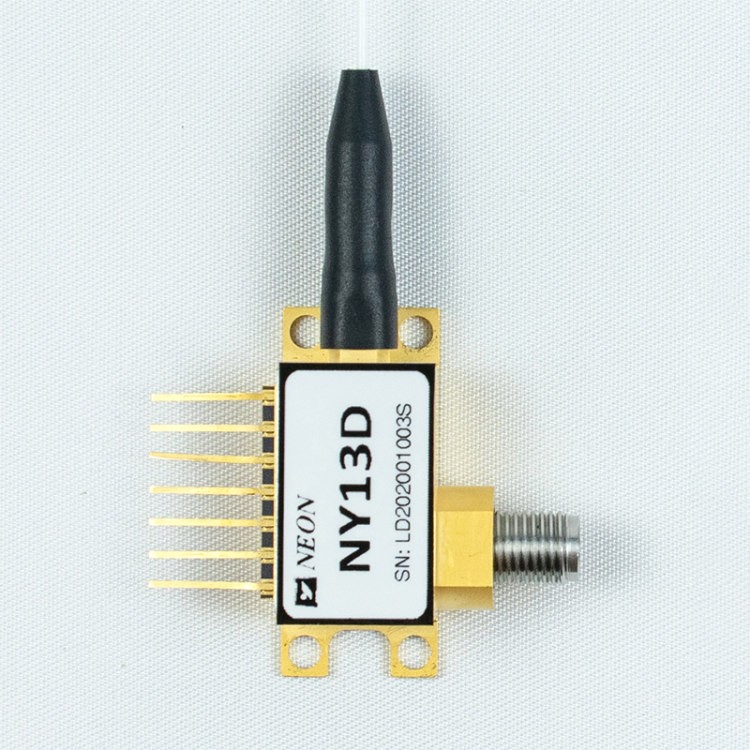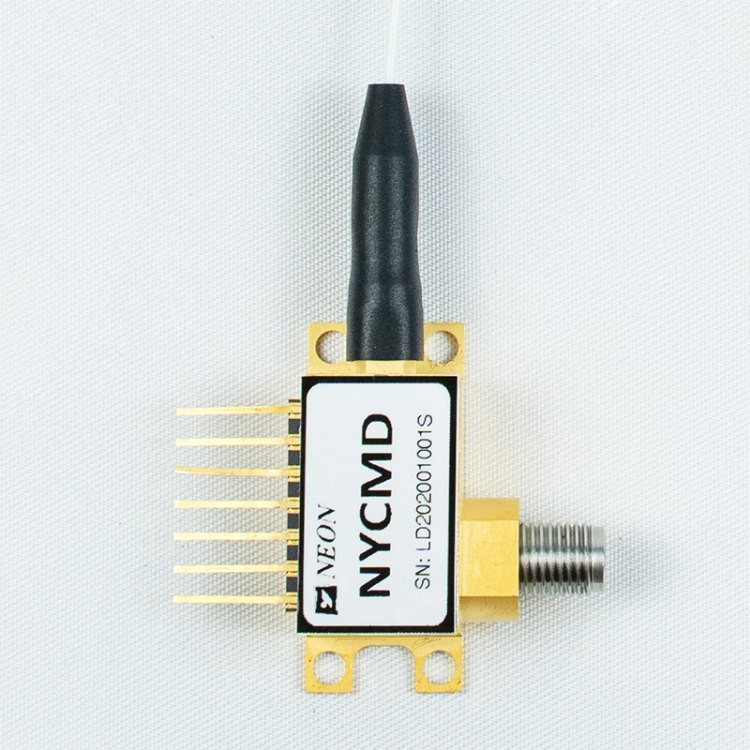1550nm Laser: A Powerful Tool in Communication and Beyond
Lasers, devices that generate a coherent beam of light through stimulated emission, have revolutionized numerous fields. They play a crucial role in everything from data transmission to medical procedures. Within the vast spectrum of lasers, the 1550nm laser stands out as a workhorse for communication and a powerful tool for various applications. This article explores the 1550nm laser, delves into its specific types – the 1550nm DFB laser and the 1550nm fiber laser – and unveils their unique capabilities.
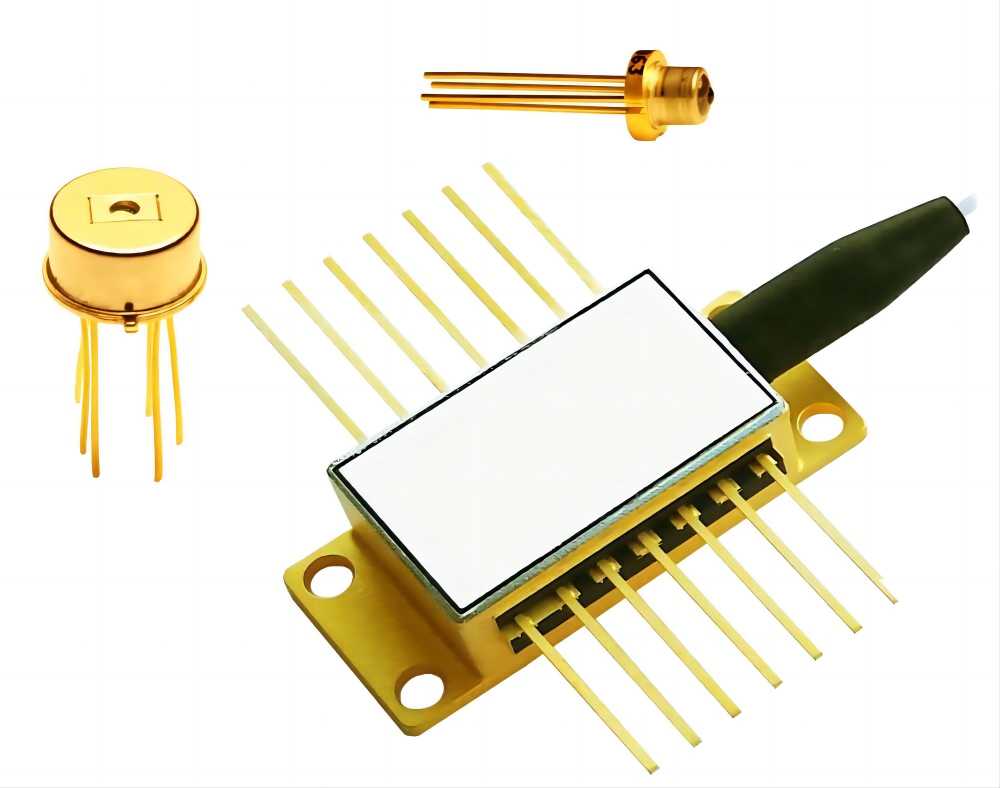
Understanding the Lasers and the Significance of 1550nm Wavelength
Lasers function by stimulating the emission of photons (light particles) from atoms or molecules. This process results in a highly directional, monochromatic (single-color) beam of light with exceptional coherence, meaning the waves are all in phase and synchronized. Lasers find diverse applications due to their unique properties, including precise control over beam direction, focusability, and intensity.
The 1550nm wavelength lies within the near-infrared (NIR) region of the electromagnetic spectrum. This specific wavelength offers several advantages for applications in optical communication. One key benefit is the minimal signal loss experienced by light at 1550nm when transmitted through optical fibers. Silica, the primary material used in optical fibers, exhibits low attenuation (weakening) of light at this wavelength. This allows for long-distance transmission of data with minimal signal degradation. Additionally, the 1550nm wavelength falls within a region where optical amplifiers can effectively boost the signal strength, enabling even greater transmission distances.
Why 1550nm Wavelength Suitable for Optical Communication?
Optical fibers are hair-thin strands of glass or plastic that transmit light signals over long distances. However, not all wavelengths travel efficiently through these fibers. Signal attenuation, the weakening of the signal as it travels, increases with shorter wavelengths. Here’s where the 1550nm laser shines. At this wavelength, optical fibers exhibit minimal attenuation, allowing for long-distance transmission with minimal signal degradation. This characteristic makes 1550nm lasers the preferred choice for building high-capacity optical communication networks.
Another advantage of the 1550nm wavelength lies in its ability to support a high data transmission capacity. This capacity refers to the amount of information that can be transmitted per unit of time. By employing techniques like multiplexing, which involves combining multiple light signals onto a single fiber, 1550nm lasers enable the transmission of vast amounts of data across vast distances.
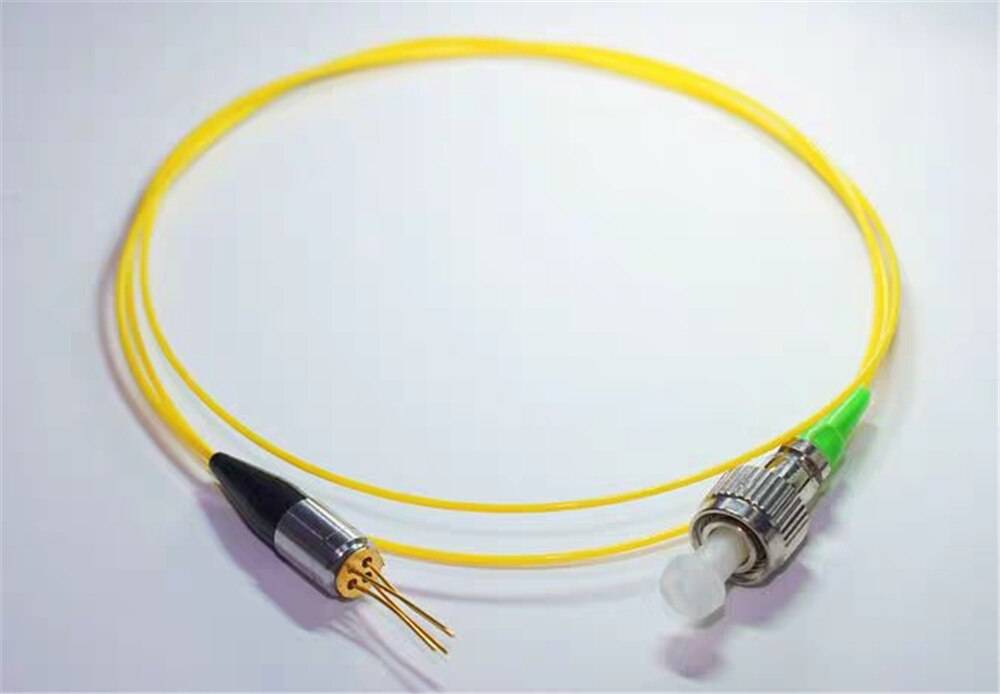
Types of 1550nm Lasers
1. 1550nm DFB Lasers
Distributed Feedback (DFB) lasers represent a specialized type of 1550nm laser designed to achieve a narrower linewidth compared to standard versions. In a regular 1550nm laser, multiple longitudinal modes (optical paths within the cavity) can exist, leading to a slightly broader range of wavelengths emitted. DFB lasers address this by incorporating a periodic grating structure within the laser cavity. This grating provides distributed feedback, meaning it reflects light back into the cavity at specific wavelengths. By carefully designing the grating, engineers can favor a single, desired wavelength, resulting in a narrower spectral output.
The narrower linewidth of DFB lasers offers several advantages:
- Improved spectral purity: The reduced range of emitted wavelengths minimizes interference between signals in dense wavelength division multiplexing (DWDM) systems. DWDM combines multiple data streams onto a single fiber by utilizing slightly different wavelengths for each channel. A narrower linewidth from the DFB laser ensures cleaner separation of these channels, preventing signal crosstalk and data corruption.
- Reduced noise: The narrower spectral output translates to lower noise levels in the laser emission. This improved signal quality is crucial for high-speed data transmission, where noise can significantly impact data integrity.
Due to these benefits, DFB lasers find application in:
- High-speed data transmission: They enable efficient data transfer at ever-increasing rates in optical communication networks.
- Dense Wavelength Division Multiplexing (DWDM) systems: DFB lasers are instrumental in DWDM technology, allowing for the transmission of multiple data channels on a single fiber optic cable.
2. 1550nm Fiber Lasers
Fiber lasers represent a distinct category of lasers where the lasing medium itself is an optical fiber. Unlike the semiconductor diode structure used in conventional 1550nm lasers, fiber lasers utilize a length of doped fiber as the gain medium. This doped fiber contains rare-earth elements like erbium or ytterbium, which are capable of absorbing and emitting light at specific wavelengths. When pumped with an external light source, typically another laser diode, these dopants become excited and release energy through stimulated emission, generating the laser light within the fiber itself.
The 1550nm fiber laser offers several advantages over its conventional counterpart:
- High power output: Fiber lasers can achieve significantly higher power outputs compared to standard 1550nm diode lasers. This is because the distributed nature of the gain medium in the fiber allows for efficient heat dissipation, enabling operation at higher power levels.
- Excellent beam quality: The inherent waveguiding properties of the optical fiber result in a near-perfect Gaussian beam profile. This superior beam quality translates to better focusability and control, making it ideal for precise material processing applications.
These advantages have propelled 1550nm fiber lasers into a wide range of industrial and scientific applications:
- Material processing: Their high power and excellent beam quality make them ideal for cutting, welding, marking, and drilling a variety of materials, including metals, plastics, and ceramics.
- Medical procedures: 1550nm fiber lasers are finding increasing use in minimally invasive surgeries due to their ability to precisely ablate (remove) tissue with minimal collateral damage.
- Remote sensing: These lasers play a vital role in LiDAR (Light Detection and Ranging) systems, which utilize pulsed laser light to measure distances and create 3D maps of their surroundings. Applications include surveying, environmental monitoring, and autonomous vehicle navigation.
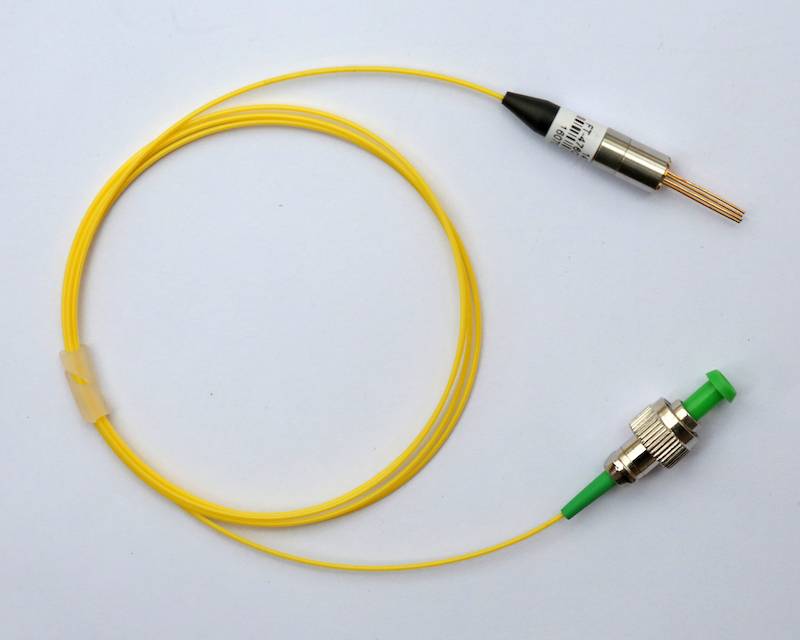
Conclusion
The 1550nm laser, in its various forms, stands as a cornerstone technology for modern communication and a powerful tool for diverse industrial and scientific applications. From enabling long-distance data transmission across continents to facilitating precise material processing, the 1550nm laser continues to drive advancements in various fields. As research and development progress, we can expect even higher power outputs, improved beam quality, and potentially new applications for this versatile and essential technology.


